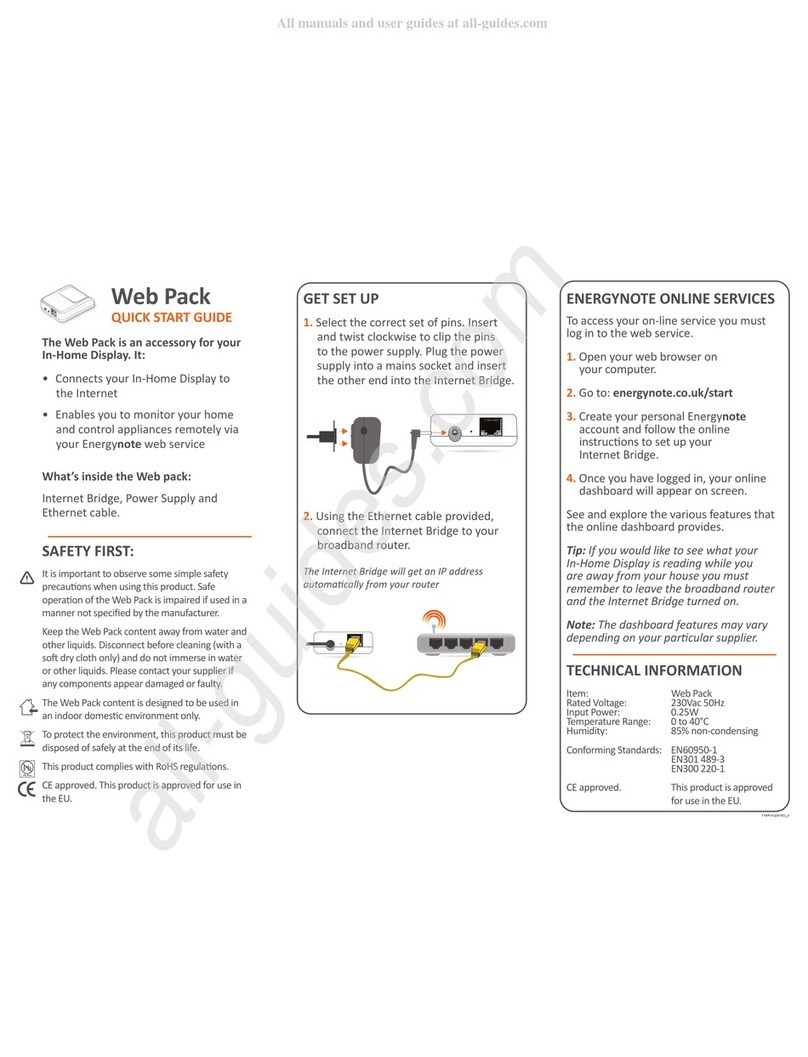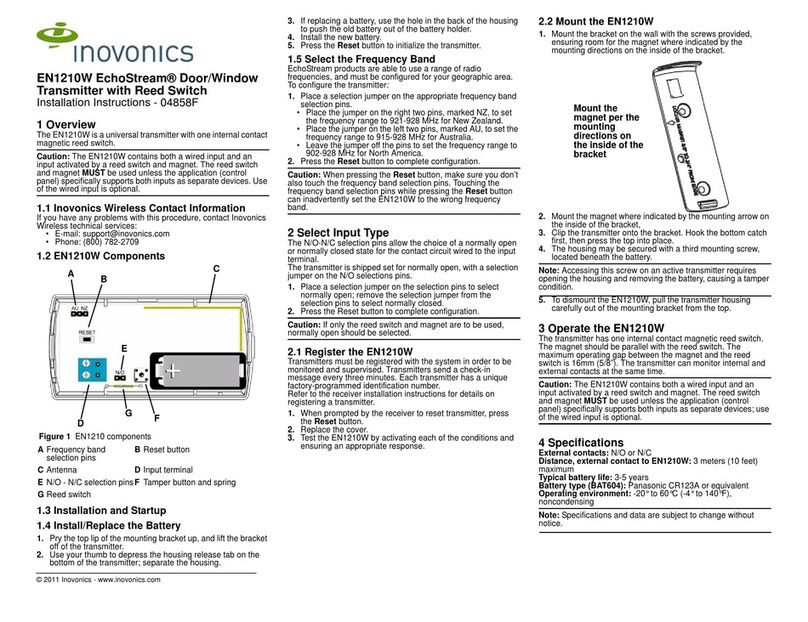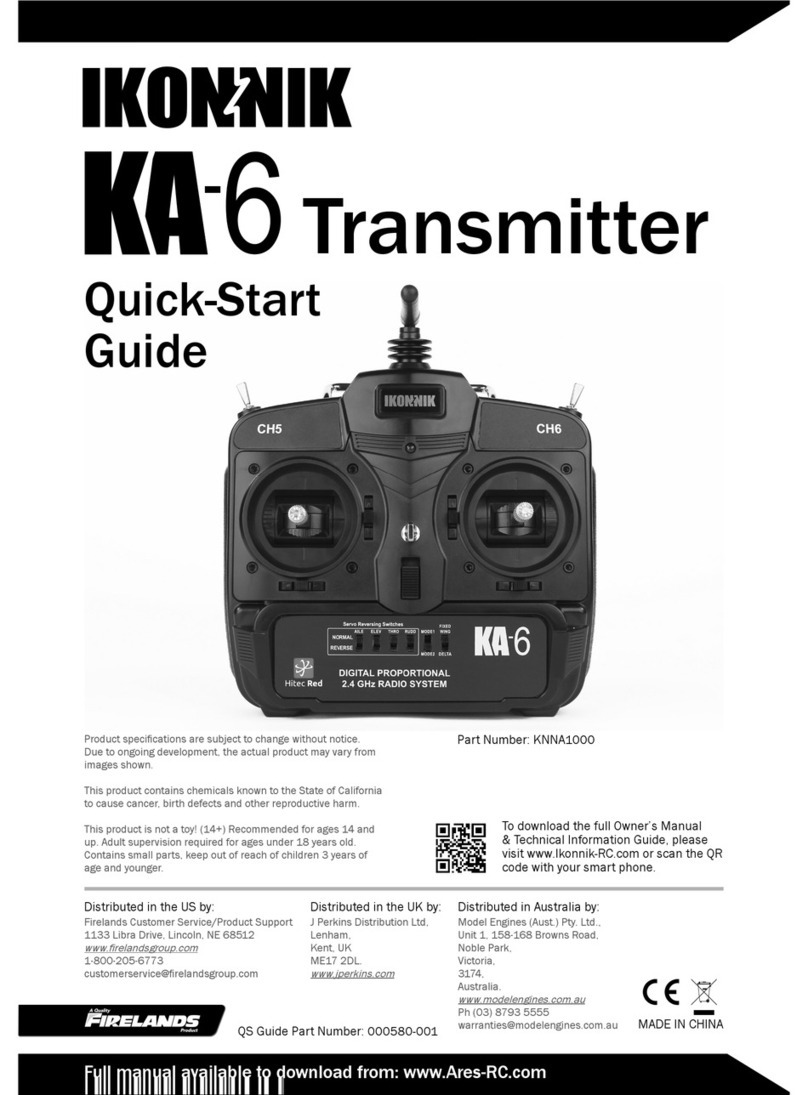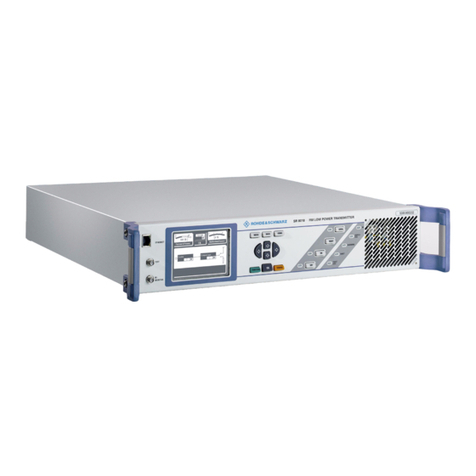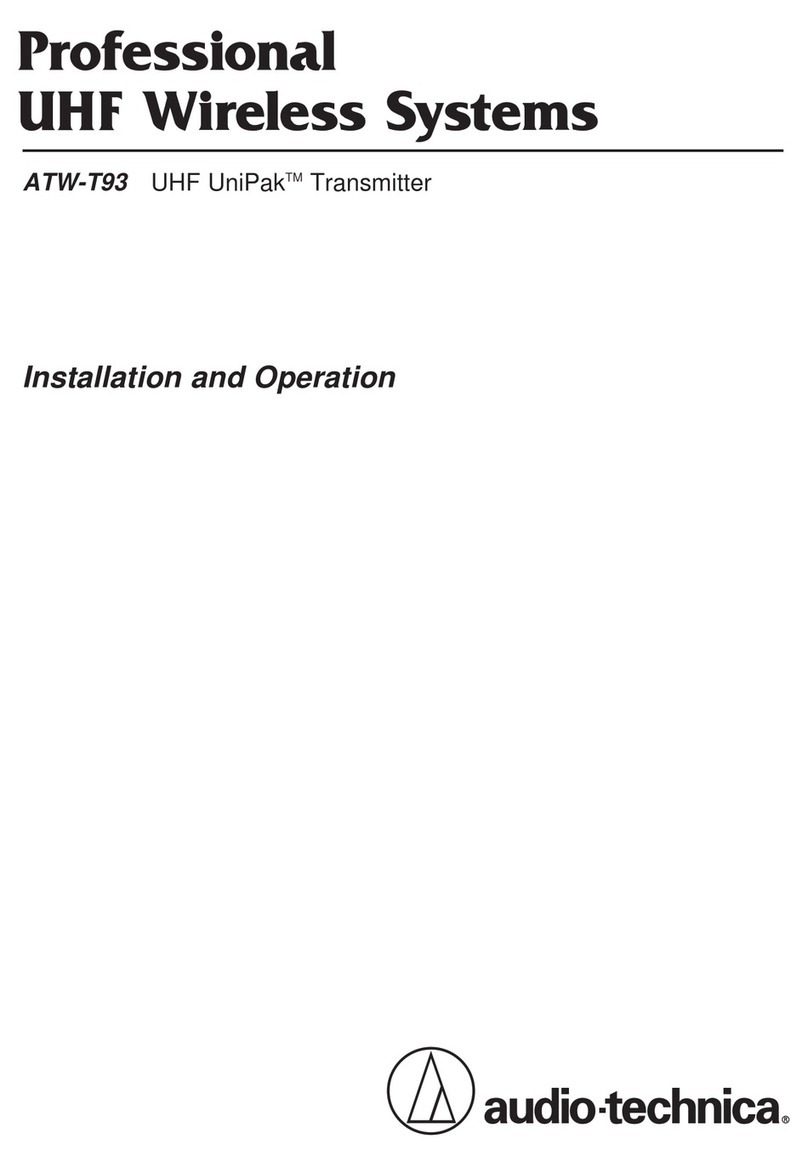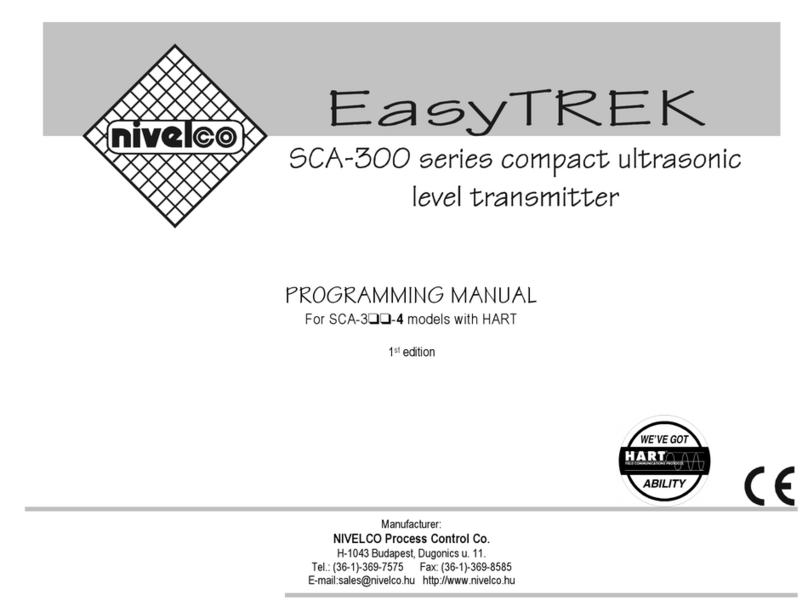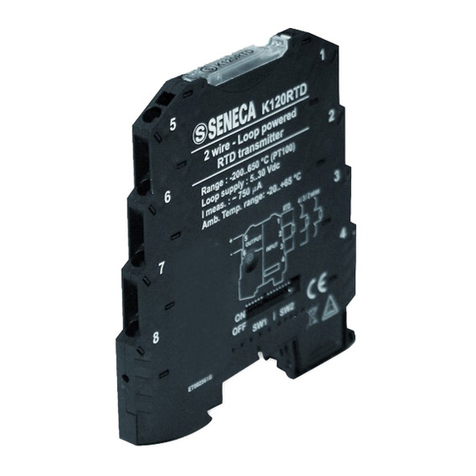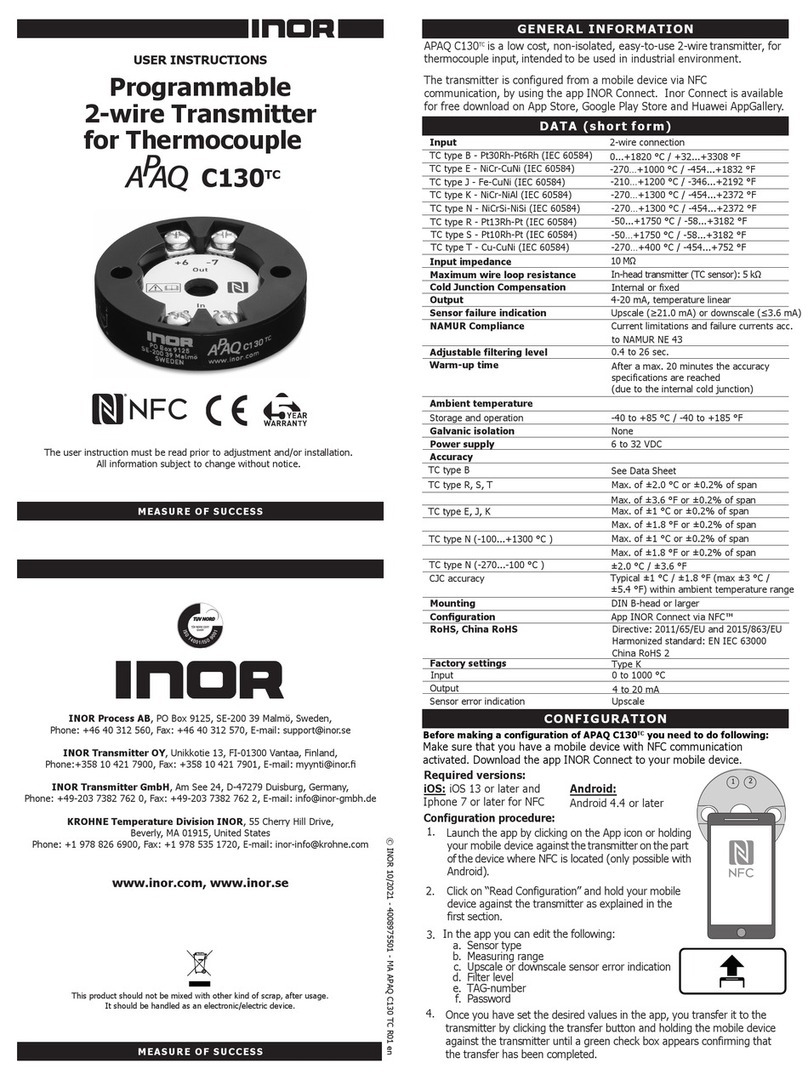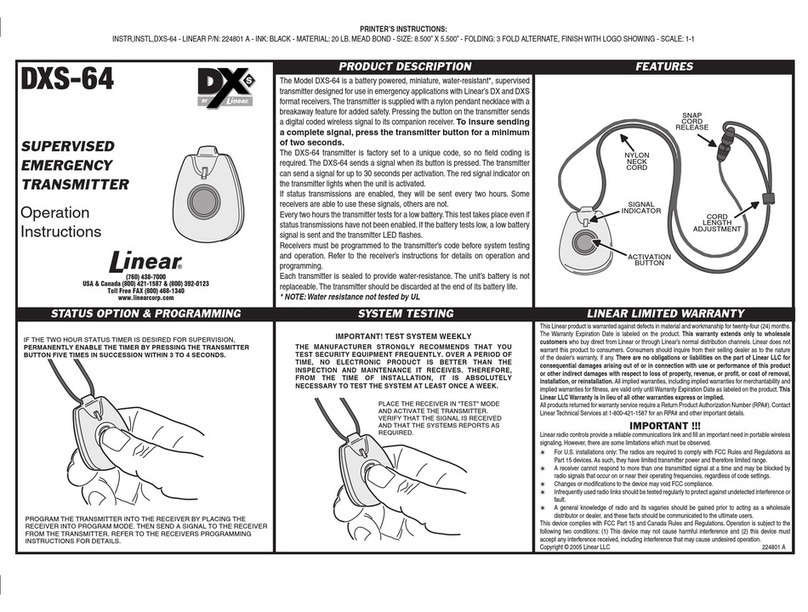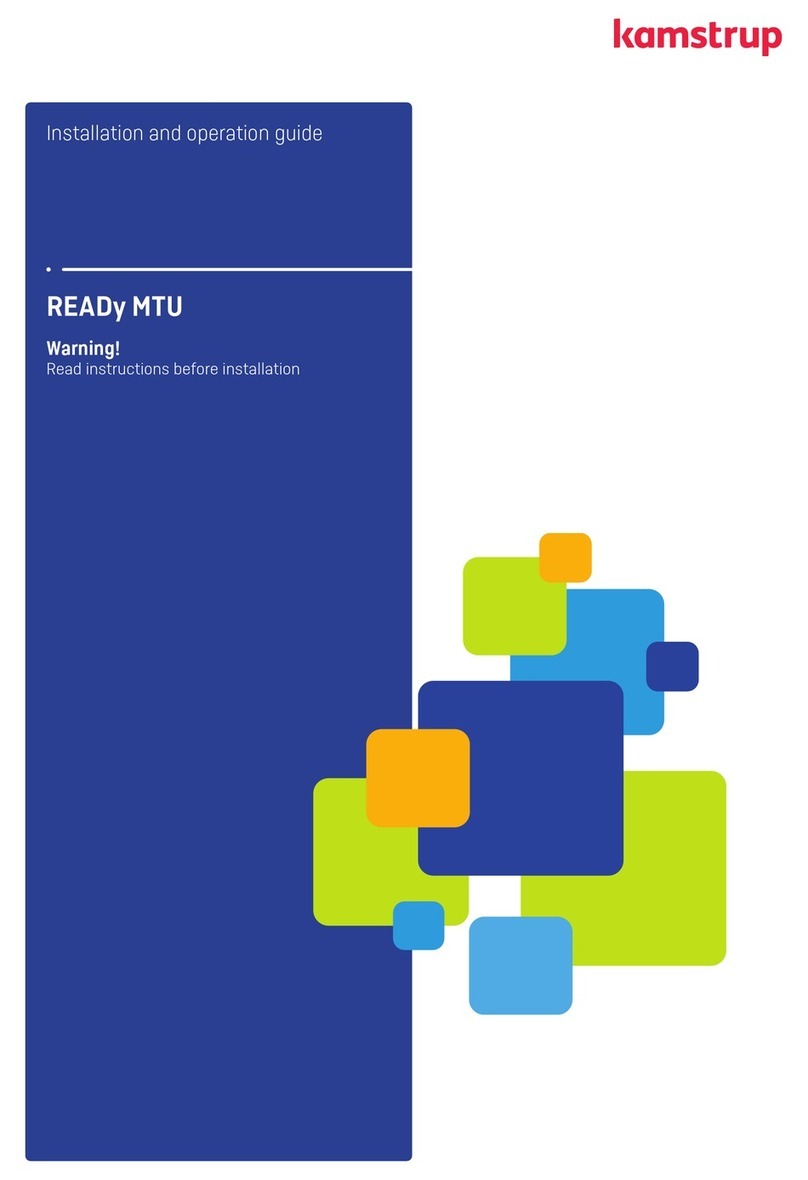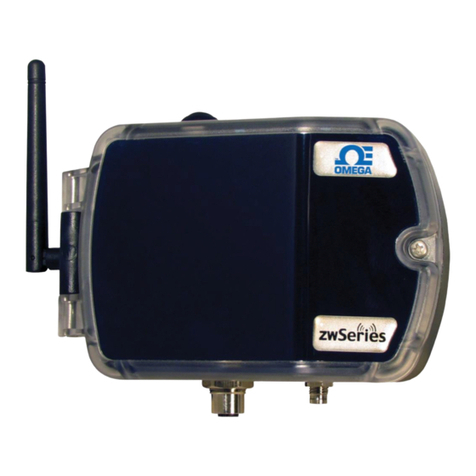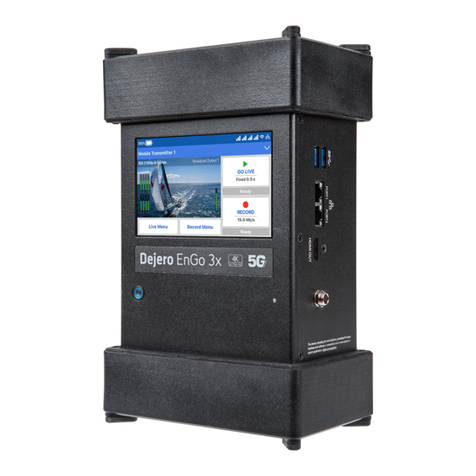Compliance with RF Energy Standards
This radio is designed and tested to comply with a number of naonal and internaonal standards
and guidelines (listed below) regarding human exposure to RF electromagnec energy. This
radio complies with the IEEE and ICNIRP exposure limits for occupaonal/controlled RF exposure
environment at duty cycles of up to 50% talk-50% listen and should be used for occupaonal use
only. In terms of measuring RF energy for compliance with the FCC exposure guidelines, your radio
radiates measurable RF energy only when it is transming (during talking), not when it is receiving
(listening) or in standby mode.
This radio complies with the following RF energy exposure standards and guidelines:
• United States Federal Communicaons Commission, Code of Federal Regulaons; 47CFR
part 2 sub-part J
• American Naonal Standards Instute (ANSI)/Instute of Electrical and Electronic
Engineers (IEEE) C95. 1-1992
• Instute of Electrical and Electronic Engineers (IEEE) C95. 1-1999 edion
• Internaonal Commission on Non-Ionizing Radiaon Protecon (ICNIRP) 1998
FCC Compliance
To comply with FCC exposure limits the radio must be installed using an externally mounted antenna
with a gain of either 2.15 dBi or 5.15 dBi. The antenna must be mounted centrally on the roof of
the vehicle in a locaon that ensures a minimum safe distance as stated in the FCC Uncontrolled RF
Exposure Limits table in this secon.
For further informaon on RF energy exposure and how to control it, please visit the following
website: hps://www.fcc.gov/engineering-technology/electromagnec-compability-division/
radio-frequency-safety/faq/rf-safety
This equipment has been tested and found to comply with the limits for a Class B digital device,
pursuant to part 15 of the FCC Rules. These limits are designed to provide reasonable protecon
against harmful interference in a residenal installaon. This equipment generates uses and can
radiate radio frequency energy and, if not installed and used in accordance with the instrucons,
may cause harmful interference to radio communicaons. However, there is no guarantee that
interference will not occur in a parcular installaon. If this equipment does cause harmful
interference to radio or television recepon, which can be determined by turning the equipment
o and on, the user is encouraged to try to correct the interference by one or more of the following
measures:
• Reorient or relocate the receiving antenna.
• Increase the separaon between the equipment and receiver.
• Connect the equipment into an outlet on a circuit dierent from that to which the
receiver is connected.
Consult the dealer or an experienced radio/TV technician for help.
This device complies with part 15 of the FCC rules. Operaon is subject to the following two
condions:
• This device may not cause harmful interference, and
• This device must accept any interference received, including interference that may cause
